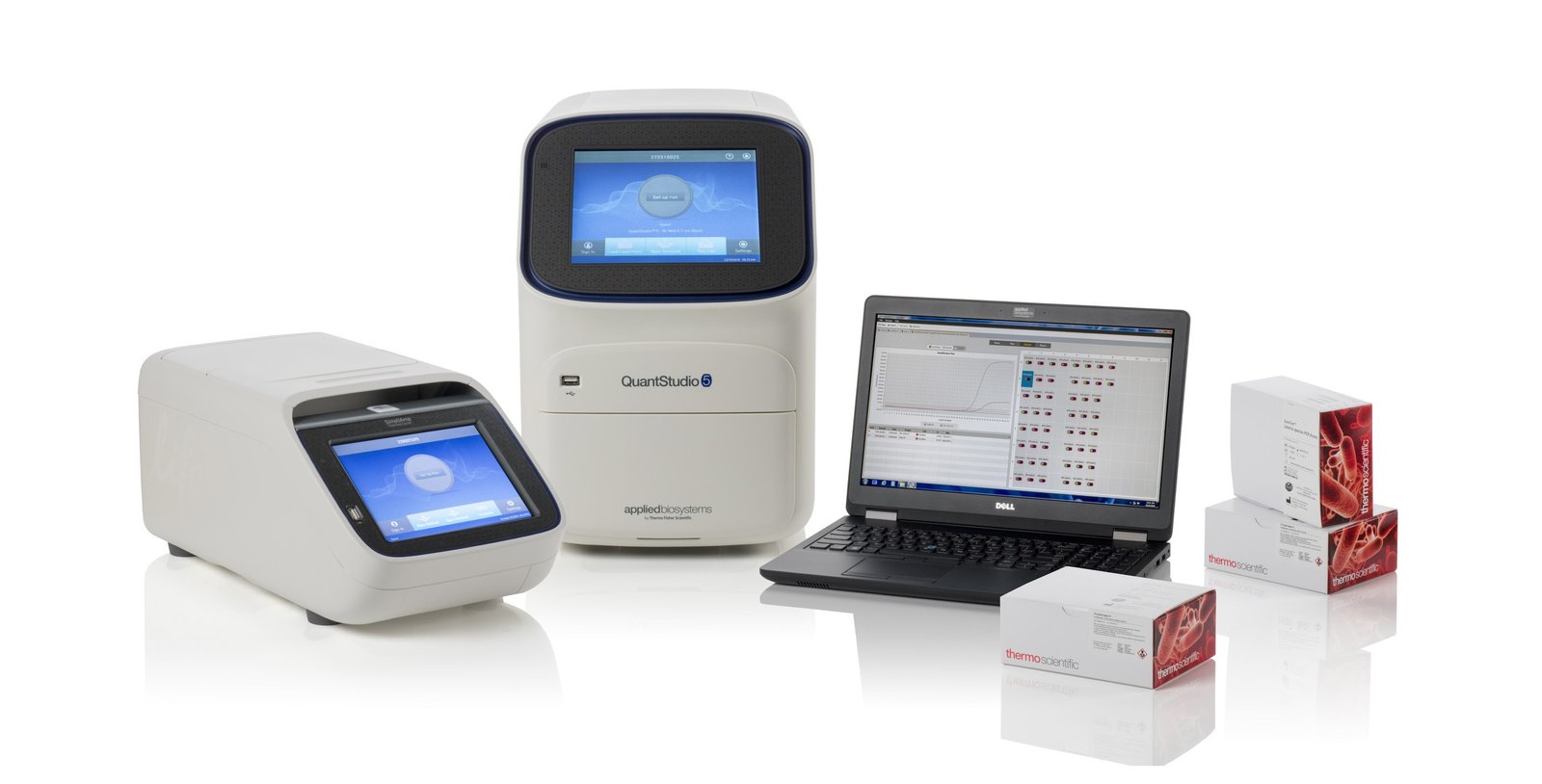Inside BENEO’s new pulse plant: pioneering sustainable protein from faba beans
Though the novel coronavirus is typically transmitted via airborne respiratory droplets, people in India and around the world are demonstrably more concerned about disease risk it poses through contaminated food.
Food quality and safety are two of the most challenging issues in today’s regulatory environment that are of great concern to health-conscious consumers. The outbreak of the COVID-19 pandemic has had a significant impact on the world, posing a series of temporary and permanent uncertainties. One challenge is the concern around transmission of SARS-CoV-2 (the virus that causes COVID-19) through food products.
COVID-19 has broadly changed consumer perceptions about food safety. Though the novel coronavirus is typically transmitted via airborne respiratory droplets, people in India and around the world are demonstrably more concerned about disease risk it poses through contaminated food.
In an average year, worldwide foodborne diseases are responsible for over 400,000 deaths and lead to 1 in 10 people falling ill. The COVID-19 pandemic has raised this risk to a new level, and exerted pressure across the value chain, especially on producers and packaging organizations who now need to redouble their safety efforts. There is a need for using every possible technique or technology to protect consumers, not just from SARS-CoV-2 but from any preventable food-related illness.
Typically, the SARS CoV-2 virus has been shown to survive on different surfaces for up to nine days under specific conditions of temperature, light, and humidity. It has been observed that the virus can be transmitted by touching contaminated food or food contact surfaces. Though a thorough study is yet to be conducted, the probability of the virus to be present on food packaging materials should be taken seriously.
Additionally, if the respiratory discharge of an infected person comes in contact with the food or the packaging material used for the food, then it becomes a potential carrier for a specific time. When a non-infected person comes in contact with this packaging material or the food, there is the risk of the virus entering the respiratory system through the epithelium, if a person touches his or her eyes, mouth, or nose with unsanitized hands.
As in any potential outbreak situation, proper cleaning, surveillance, and the prevention of cross-contamination are critical in the control of foodborne illnesses. Industries such as food producers, retailers, public health authorities and other businesses have the primary responsibility to ensure that their food is safe, not just in relation to SARS-CoV-2, but any preventable food-related illness.
Workflow for the detection of SARS-CoV-2 on food, packaging, and the environment
Thermo Fisher Scientific is at the heart of the global response to the COVID-19 pandemic. We are helping researchers and government agencies to navigate these unprecedented challenges, ensuring priority access to instruments, consumables, and safety supplies. We have a new workflow designed to detect SARS-COV-2, right from sample collection, nucleic acid extraction and RT-PCR detection of pathogens and viruses from food, packaging, and for environmental monitoring.
Our Applied Biosystems™ QuantStudio 5 and 7500 Food Safety Fast Real-Time PCR systems are recommended for use not only for the detection of SARS-CoV-2 samples from food packaging and environmental monitoring, but also for running tests for a broad range of other targets important to food safety and environmental testing. For instance, foodborne pathogens can be detected with increased accuracy and precision using the Thermo Fisher Scientific SureTect Food Pathogen Detection System. The system offers complete, end-to-end workflows that provide manufacturers and laboratories with access to a more comprehensive range of tests for every step of their food safety analysis.
With more than 50 percent of COVID-19 testing performed on Thermo Fisher technology, we are uniquely positioned to provide a complete solution for detecting the virus. This implementation is geared towards decreasing the potential for contamination of the food supply and subsequent infection of handlers and consumers.
The COVID-19 pandemic, amid its many challenges, offers a fortuitous opportunity to strengthen our food safety processes. Today, with technology in hand, the evolving regulatory landscape and well-informed demand for better and safer foods from the consumers, there is immense potential to change the food safety culture. It is important that all stakeholders —including policy makers, the agri-food sector, regulators, and consumers have access to faster, accurate and intuitive tools to make more informed decisions in the most efficient way.
Amit Chopra, Managing Director, India and Middle East, Thermo Fisher Scientific

